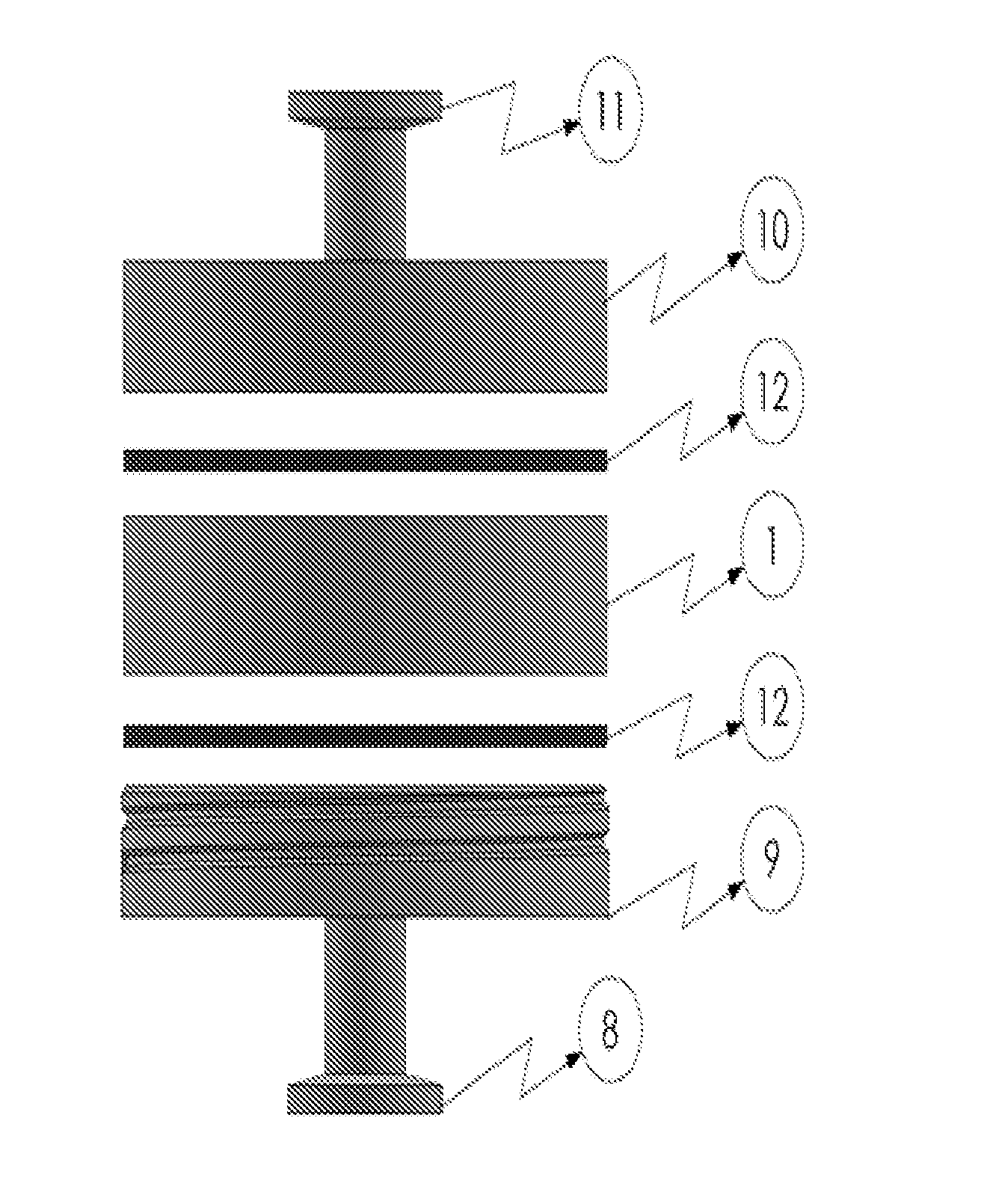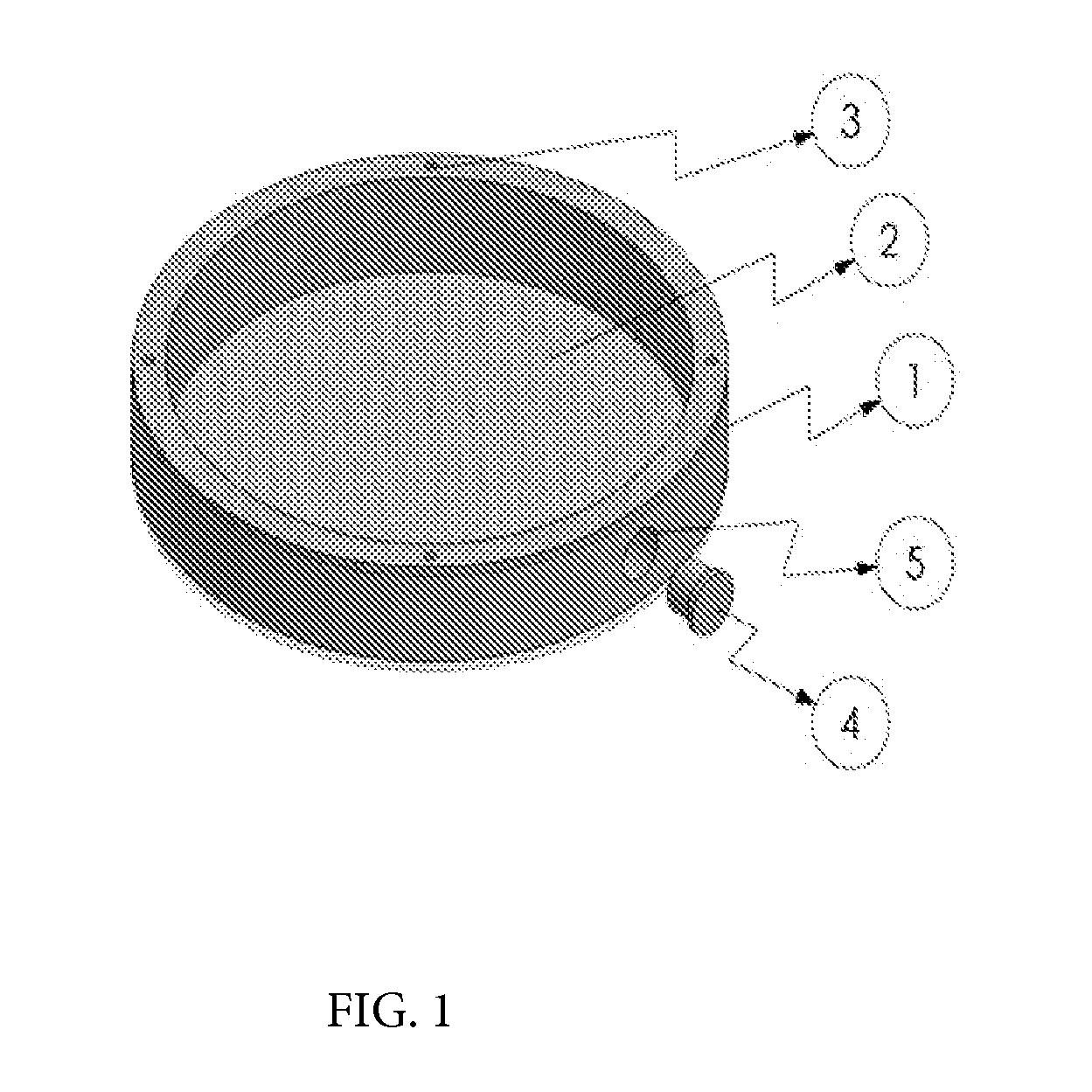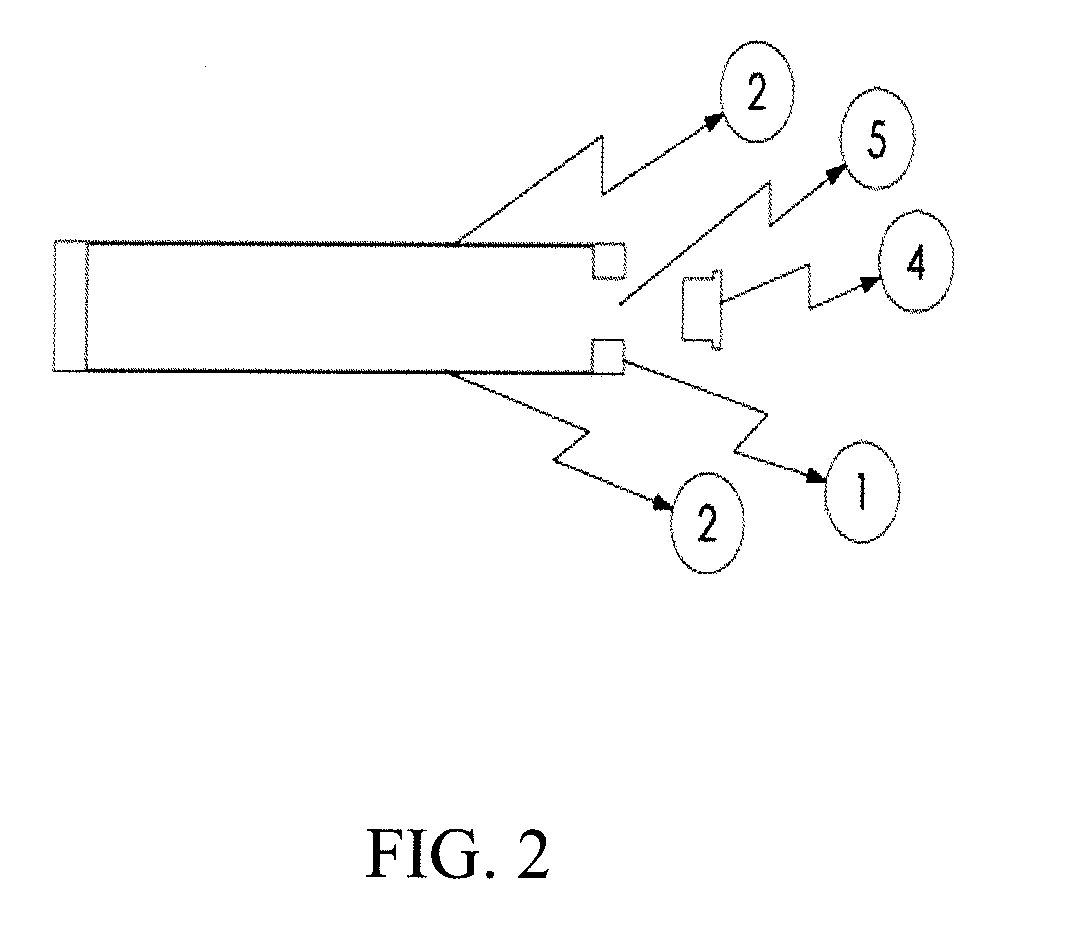Harvesting and purification or perfusion yielder (HAPPY) device
a technology of purification and perfusion and yielding device, which is applied in the direction of enzyme production/based bioreactor, separation process, peptide, etc., can solve the problems of reducing cell viability, affecting the viability of host cells, etc., to achieve optimal host cell viability and production yield, facilitate the use of perfusion-like culture conditions, and improve the effect of viability
- Summary
- Abstract
- Description
- Claims
- Application Information
AI Technical Summary
Benefits of technology
Problems solved by technology
Method used
Image
Examples
Embodiment Construction
[0042]In order that the present invention may be more readily understood, certain terms are first defined.
[0043]As used herein, the term “robust process” or “robust manufacturing process” refers to a process that performs adequately within it operation parameters, consistently providing material of defined quality, purity and yield.
[0044]As used herein, the term “cell culture media” or “CCM” refers to a chemically defined medium or undefined media in which recombinant host cells are cultured and into which proteins are secreted, provided that the expression vector introduced into the host cell contains appropriate cellular signals, such as signal peptides.
[0045]As used herein, the term “upstream process” refers to process steps associated with the production of a recombinant protein by culture and propagation of host cells. Upstream process considerations include clone selection methodologies, media selection, fed-batch feeding strategies or perfusion culture operating conditions.
[0...
PUM
| Property | Measurement | Unit |
|---|---|---|
| size | aaaaa | aaaaa |
| temperature | aaaaa | aaaaa |
| temperature | aaaaa | aaaaa |
Abstract
Description
Claims
Application Information
 Login to View More
Login to View More - R&D
- Intellectual Property
- Life Sciences
- Materials
- Tech Scout
- Unparalleled Data Quality
- Higher Quality Content
- 60% Fewer Hallucinations
Browse by: Latest US Patents, China's latest patents, Technical Efficacy Thesaurus, Application Domain, Technology Topic, Popular Technical Reports.
© 2025 PatSnap. All rights reserved.Legal|Privacy policy|Modern Slavery Act Transparency Statement|Sitemap|About US| Contact US: help@patsnap.com



